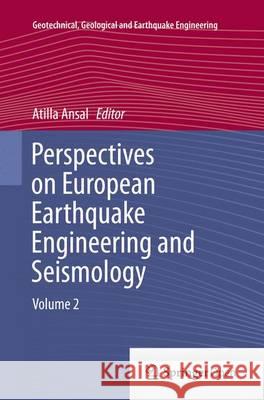Perspectives on European Earthquake Engineering and Seismology. Volume 2 » książka
topmenu
Perspectives on European Earthquake Engineering and Seismology. Volume 2
ISBN-13: 9783319366241 / Angielski / Miękka / 2016 / 455 str.
Kategorie:
Kategorie BISAC:
Wydawca:
Springer
Seria wydawnicza:
Język:
Angielski
ISBN-13:
9783319366241
Rok wydania:
2016
Wydanie:
Softcover Repri
Ilość stron:
455
Oprawa:
Miękka
Wolumenów:
01











